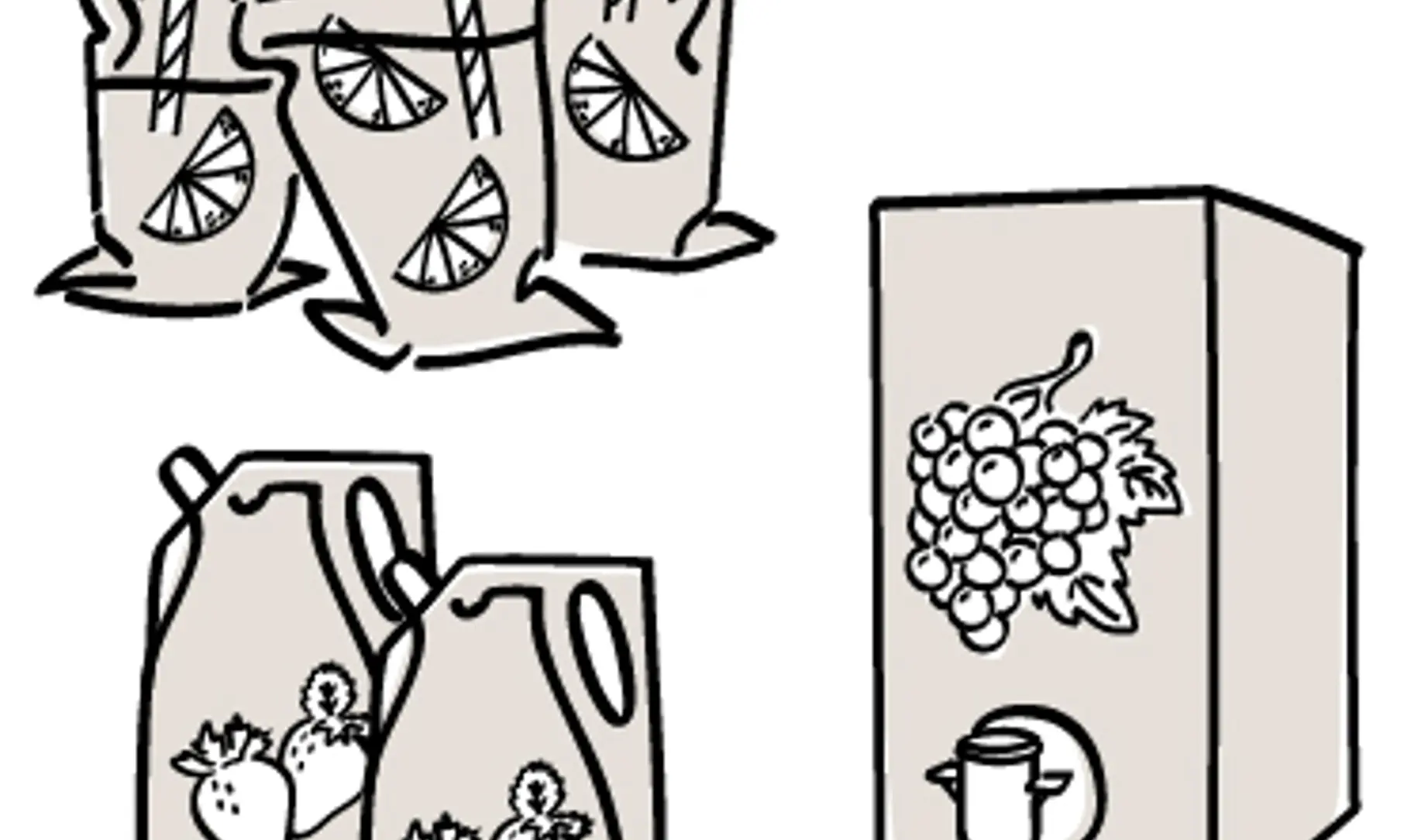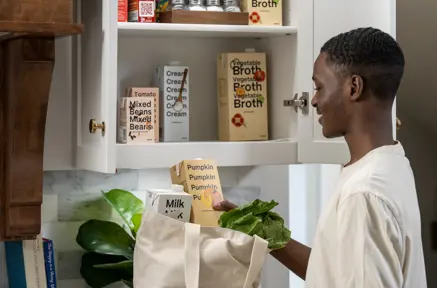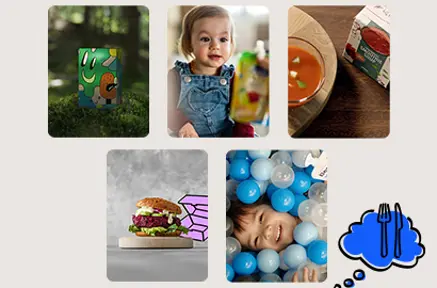What are the intricacies of packaging alcohol?

Alcohol, with its rich history dating back to early civilizations, continues to intrigue. The evolution of alcohol and alcoholic drinks spans thousands of years, and these beverages have been stored and transported in a vast array of vessels from hollowed-out gourds and clay flasks to glass bottle and more recently cans, bag-in-box, and pouches.
Today, as changing consumer preferences and innovative technologies reshape the way alcoholic beverages are produced, marketed, and consumed, what are the top considerations in packaging alcohol? We delve into the complexities that producers face – in conversation with Jackie O Dea, Marketing Manager, SIG Group – for this edition of Expert insights: category complexities.
Preserving perfection
A top consideration in alcohol packaging is oxygen transition as contact with oxygen molecules can impact both the taste and shelf life of alcoholic beverages. This is why an oxygen barrier in packaging materials is crucial. . Producers also need to keep in mind the risk of alcohol reacting with the packaging material and affecting the taste and quality of the alcoholic beverage.
Going beyond glass
Glass is likened with premium and continues to be the first choice for alcohol packaging despite its varied challenges. From wastage incurred by frequent breakage and the complicated logistics in transportation due to weight and fragility to the massive carbon footprint of single-use glass bottles. Despite proven alternatives offering sustainability and convenience, the premium perception persists in alcohol packaging.

Percentage matters
Alcohol by volume (ABV), referred to as alcohol percentage, is a unique consideration for alcohol packaging. Wine products range from 12-15% and spirits up to 40-50% ABV and can be packed in a bag-in-box making the format ideal for multi-serve occasions. Flexible pouch packaging is best suited for low-ABV, on-the-go drinks with high viscosity, such as frozen cocktails.

ABV is among the first aspects producers need to consider before deciding on packaging and what’s more, the regulations can vary between regions. For example, the permissible ABV for bag-in-box is lower in Asia than in Europe or the Americas.
Meeting consumer trends with the right format
Consumers are moving towards conscious consumption. And being mindful of what one consumes leads them towards alcohol moderation, all-natural ingredients, and more organic products while keeping sustainability at the forefront. Today, producers need to meet these demands with both their product and packaging – and innovative packaging formats can be a game-changer.
Looking ahead
The alcohol sector is reducing its reliance on glass and prioritizing sustainable and cost-effective solutions, reflecting a broader commitment towards a carbon-neutral future from both consumers and producers. Packaging formats, like bag-in-box and spouted pouches, are playing a key role beyond recyclability by elevating the product-to-package ratio and reducing the overall environmental footprint. We, at SIG, have varied formats for packaging alcohol to facilitate this shift to more sustainable packaging.
In the next and final part of the series, we will revisit the insights shared by our experts about the complexities in different categories. Subscribe to our bi-weekly newsletter and get the story in your inbox.

Innovation and partnership to improve global food access

Unpacking the food and beverage industry

